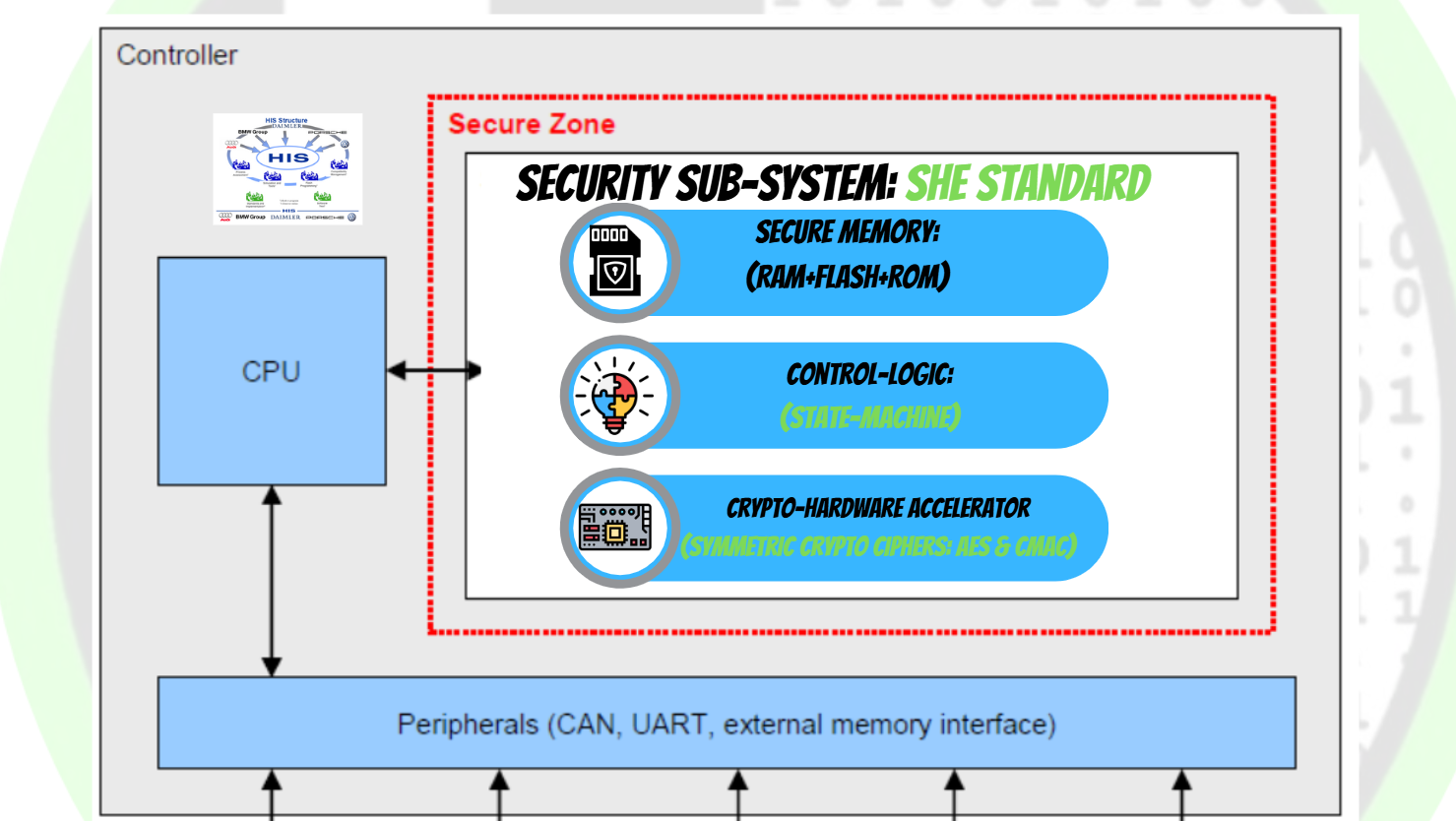Want to know how to debug the microcontrollers? Want to know how to use debugging tools like step-in, step-out, breakpoints and etc. If yes then you have to right place. Explore this blog to understand about Debugging technology in microcontroller’s with NXP S32K144 MCU using ElecronicsV2 board
Why building the project is required ? so After, we have developed/configured the code and we have got the .c
Clock Peripheral in S32K1 Microcontrollers. How to configure Clock in S32K1 Microcontroller. Different Clocks in S32K1 MCU’s
Learn About Cryptography Peripheral in Microcontrollers: The SHE Peripheral (Security Hardware Extension)
How to build and debug a Project in S32 Design Studio IDE
S32 Design Studio Code Configurator Tool tutorial and understanding
OVERVIEW Nowadays we see oled display being used everywhere be it the phones , TVs , laptops or PCs ,
In previous blog we covered a brief overview of how the OLED display works in microscopic level and also understood




